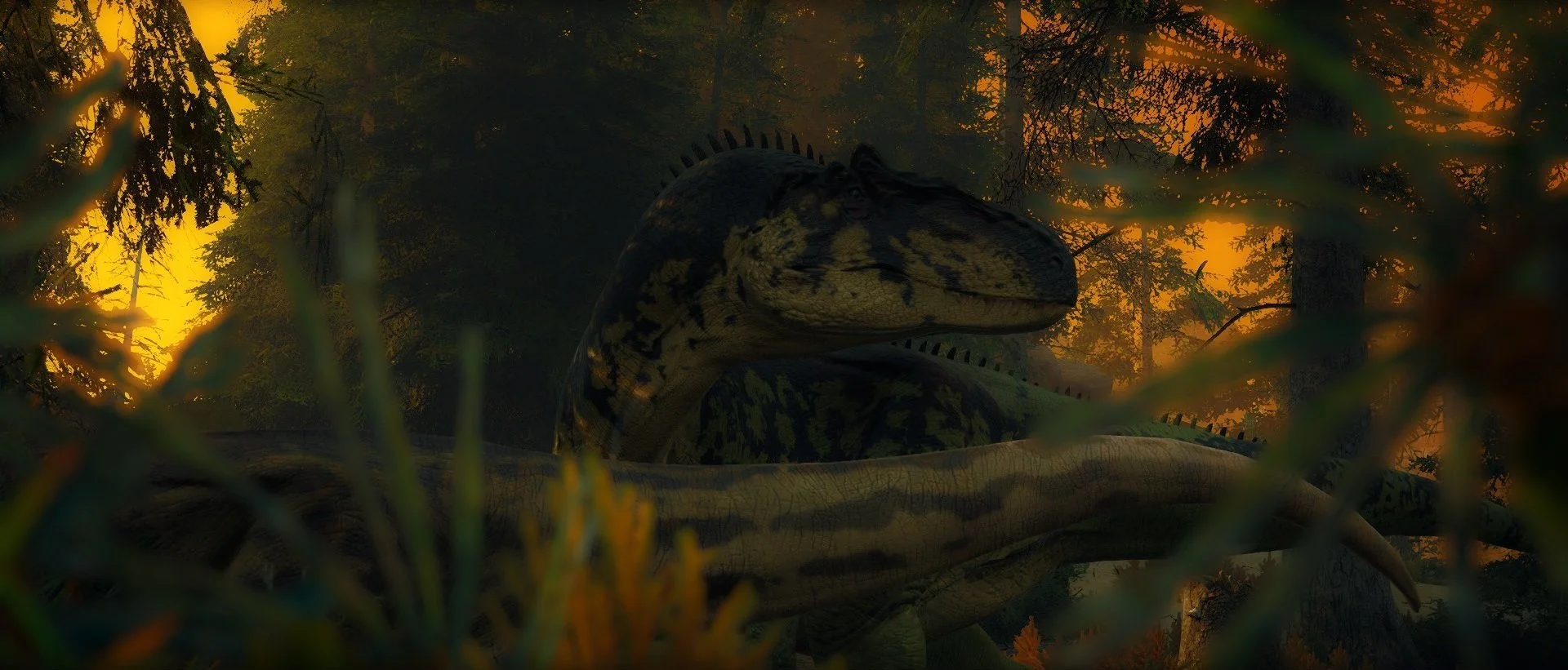Squalicorax
Tier: 2
Type: Aquatic carnivore
Passive growth time: 2 hrs 11 min
Pod size: 8 sub adults/adults, 1-16 juveniles/adolescents
Hierarchy: Shoal
Mating bond: Polyandry
Nest size: 1-4 offspring per pair
Diet tags: Piscivore, carnivore, cannibalistic, opportunistic & scavenger
Preferred food: Fish, Tier 1-4 herbivores & carnivores
Species specific rules: If they have at least 5 sub adults/adults, they can also hunt Tier 5 herbivores & carnivores. If they have at least 6 sub adults/adults, they can also hunt Tier 6 herbivores & carnivores.Behaviors in nature
Squalicorax prefers swimming around in shallow waters, during different cycles of its life while following a routine pattern of going up and down familiar stretches of sea in search for potential mates and food. Often spending time swimming along coasts and occasionally far out in the ocean depths. To be able to spot prey above, Squalicorax will position itself to swim deeper in the water in order to ambush more efficiently. These sharks are also very reserved and will make it clear when a third party is beginning to breach its privacy, the potential for violence such as biting when too close is cautioned.
Social behavior
Squalicorax often tend to be quite self centered both alone and with a group, usually joining other Squalicorax in search of common feeding grounds. Members of a pack often refrain from swimming too close to one another to avoid receiving a mean bite mark. Similar to a pack of wolves, they have pre-established ranks and a respective leader, the leader often being the biggest female of the group. If met with another group of Squalicorax, they establish ranks generally in non-violent ways, while also revealing who the strongest of the area is. This is done by swimming alongside, measuring each other's size and swim speed. The smaller and weaker Squalicorax has two options: back down and swim away or get chased and swim away.
Recommended behaviors
╸Squalicorax know to respect their packmates personal space.
╸Asserting dominance within the group is often done by the biggest female.
Courtship
During the warm summer months Squalicorax will return to coastal sea waters in search of food and potential mates. Upon finding a mate, they gently brush their bodies against each other, nibble fins and nudge bellies to establish their seasonal status. The mating happens quickly and the two go separate paths immediately after. Upon reaching the end of the mating season, the females will leave the mating grounds and swim further out to the ocean, while the males take their leave and continue their search for potential prey.
Nesting & offspring
Once away from the mating grounds and the high density of prey and fellow Squalicorax, the female will dive into deeper waters to keep itself hidden during its pregnancy, occasionally grabbing food for the nutrients its pups will need. Nearing the end of its pregnancy, the mother will return to shallow waters in preparation for the offspring's arrival. After the pups are born, the mother will leave them behind and return to traveling in search of food. The pups will begin to sustain themselves, eventually growing without the aid of their mother and leave the shallow waters, ready to repeat this cycle once they reach maturity.




